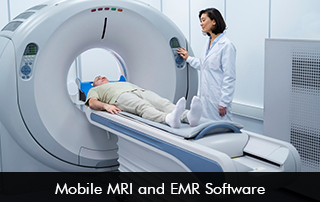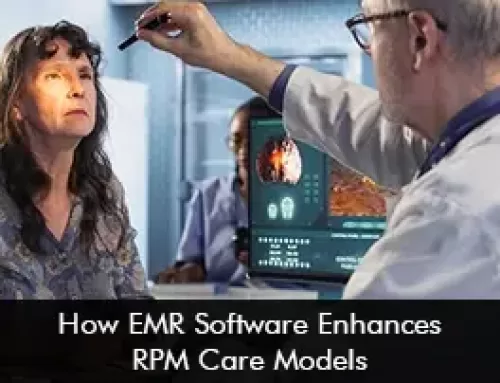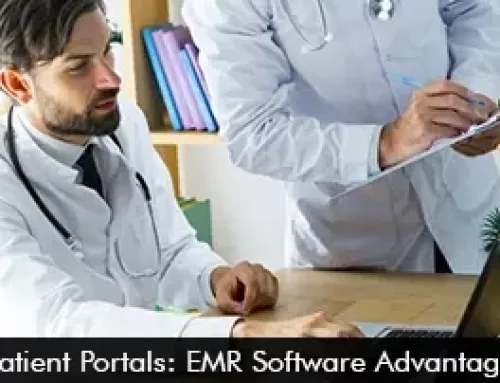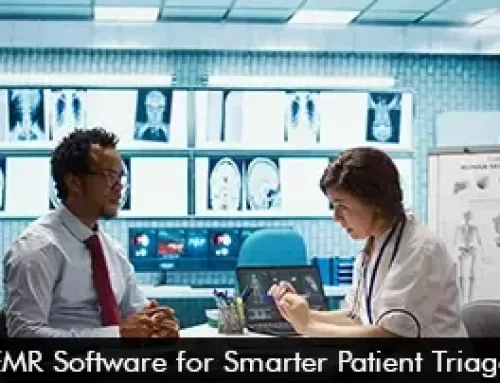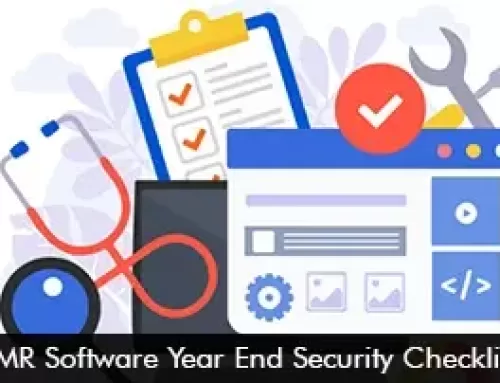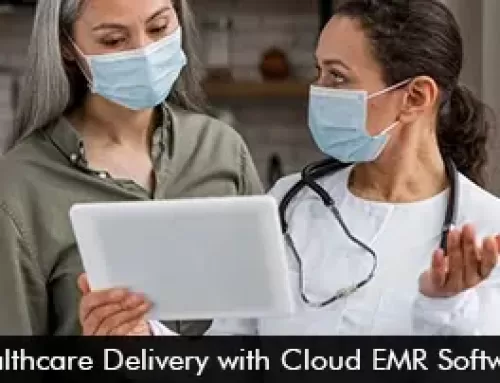Mobile MRI units, combined with advanced EMR software, are transforming how healthcare practitioners deliver care, especially for patients in rural areas or those unable to travel to hospitals.
This innovative approach ensures that high-quality imaging and seamless record-keeping are no longer confined to urban medical centers. Instead, they’re reaching the “sticks,” remote communities, and homebound individuals, bridging gaps in healthcare accessibility. Let’s explore how this powerful combination empowers practitioners and improves patient outcomes.
The EMR Software Challenge – Reaching Underserved Patients
Barriers to Traditional MRI Access
For many patients, particularly those in rural areas, elderly individuals, or people with mobility challenges, accessing an MRI scan can be a significant hurdle. Long travel distances, lack of transportation, and limited local healthcare infrastructure often delay diagnoses and treatments.
How Mobile MRI Units Are Changing the Game
Mobile MRI scanners bring cutting-edge imaging technology directly to communities that would otherwise go without. These portable units can be deployed to:
-
Rural clinics
-
Nursing homes
-
Community health centers
-
Disaster relief sites
By eliminating the need for patients to travel long distances, mobile MRIs ensure timely diagnostics, leading to faster interventions and better health outcomes.
The Role of EMR Software in Mobile MRI Efficiency
While mobile MRI units solve the accessibility problem, EMR software ensures that the data collected is seamlessly integrated into a patient’s medical history. Here’s how EMR systems enhance mobile MRI services:
1. Real-Time Data Access for Practitioners
With EMR software, MRI results are instantly uploaded to a patient’s electronic health record (EHR). This allows:
-
Primary care physicians to review scans without delays
-
Specialists to provide remote consultations
-
Emergency responders to access critical imaging data on the go
2. Streamlined Referrals and Follow-Ups
Mobile MRI units often serve patients who rely on multiple providers. EMR software ensures that:
-
Referrals are processed faster
-
Follow-up care is coordinated efficiently
-
All providers have access to the same up-to-date records
3. Enhanced Patient Engagement
Modern EMRs include patient portals, allowing individuals to:
-
View their MRI results online
-
Communicate with their care team
-
Track their treatment progress
This transparency fosters trust and encourages proactive health management.
Benefits for Healthcare Practitioners
EMR Software Expanding Reach Without Compromising Care
For doctors, nurses, and radiologists, mobile MRI services paired with EMR software mean:
-
Broader patient reach – No longer limited by geography
-
Faster decision-making – Immediate access to imaging results
-
Reduced administrative burden – Automated documentation in EMRs
EMR Software Improving Outcomes for High-Risk Patients
Patients with chronic conditions (e.g., stroke risk, multiple sclerosis, or spinal injuries) benefit immensely from on-site MRI scans. With EMR integration, their care teams can:
-
Monitor disease progression in real time
-
Adjust treatments without unnecessary delays
-
Prevent complications through early detection
Success Stories – Mobile MRI and EMR Software in Action
Case Study 1: Rural Stroke Intervention
A mobile MRI unit in a remote Midwest community detected an early-stage stroke in a farmer who had no nearby neurology services. Thanks to EMR software, his scans were immediately sent to a stroke specialist hundreds of miles away, who guided local providers in administering life-saving treatment.
Case Study 2: Homebound Elderly Care
A home healthcare agency partnered with a mobile MRI provider to scan seniors with mobility issues. The EMR system automatically alerted their physicians when abnormalities were found, leading to quicker adjustments in medication and therapy plans.
The Future of Mobile MRI and EMR Software
The integration of mobile MRI technology with EMR software is just the beginning. Future advancements may include:
-
AI-assisted diagnostics – Faster, more accurate scan interpretations
-
Telemedicine integrations – Radiologists consulting from anywhere in the world
-
Predictive analytics – Identifying at-risk patients before symptoms worsen
As these technologies evolve, healthcare practitioners will have even more tools to deliver equitable, efficient, and compassionate care, no matter where their patients are.
A Hopeful Horizon for Healthcare
Mobile MRI units, empowered by EMR software, are more than just a convenience—they’re a lifeline for underserved populations. By bringing advanced diagnostics to remote areas and streamlining data management, healthcare providers can ensure that no patient is left behind.
For practitioners, this means greater flexibility, improved efficiency, and the satisfaction of reaching those who need care the most. For patients, it means quicker diagnoses, fewer barriers, and better health outcomes.
The future of healthcare is mobile, connected, and—most importantly—hopeful.
Would you like to see mobile MRI services in your community? Share your thoughts below! 🚑💙


